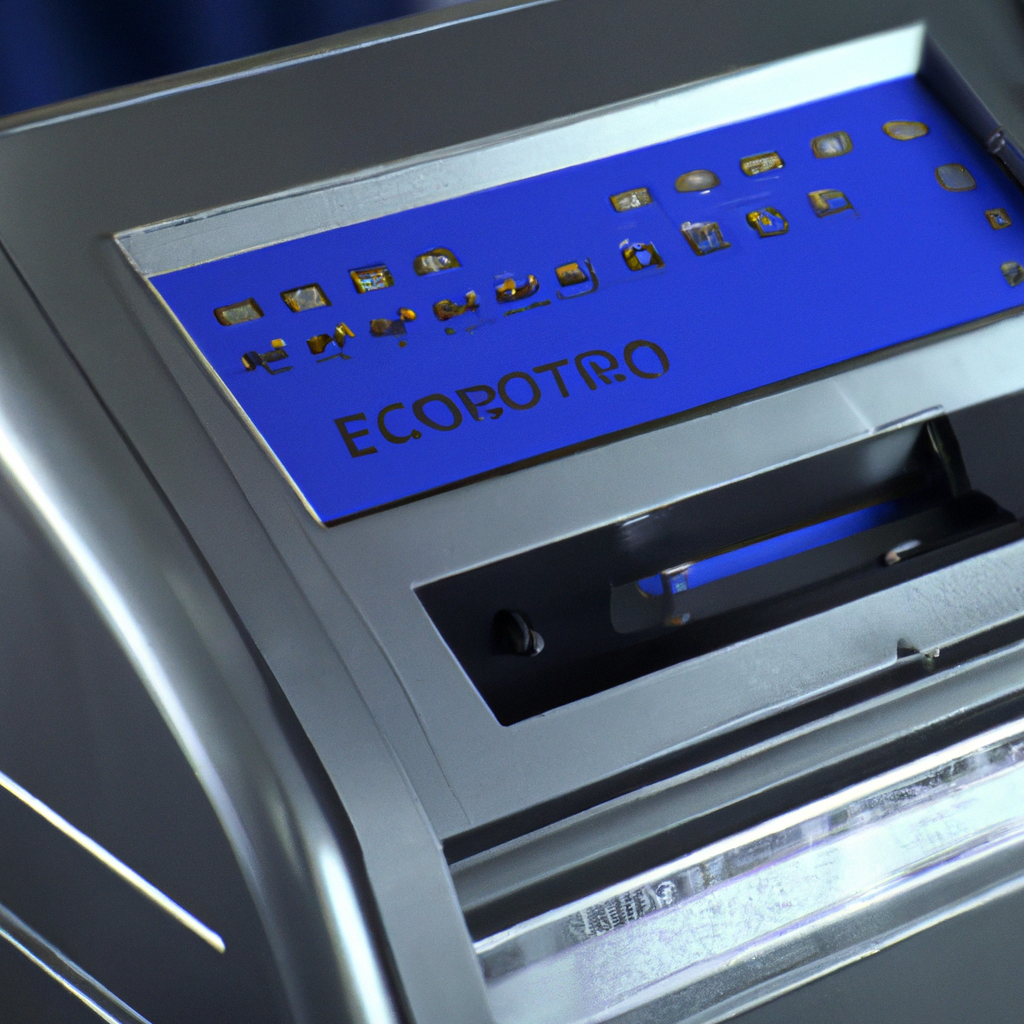Electronic Voting: How Does It Work?
Electronic voting machines have become a popular choice for voting in many countries. These machines are designed to provide a secure, accurate, and fast voting process. They have replaced traditional paper ballots and manual counting, making the election process more efficient. In this article, we will explain how electronic voting machines work and their benefits.
What is an Electronic Voting Machine?
An electronic voting machine is a device that is used to cast and count votes electronically. It uses digital technology to record and store the votes. The machine is equipped with a touch screen or buttons that allow voters to select their preferred candidate. Once the voter has made their choice, the machine records the vote and stores it electronically.
How Does It Work?
The electronic voting machine works on the principle of digital technology. It has a microprocessor that is programmed with the voting software. The software governs the entire voting process and ensures that it runs smoothly. The machine is connected to a power supply and has a memory card that stores the voting data.
The voting process starts when the voter approaches the machine. The voter is required to present their ID to verify their eligibility to vote. Once the voter’s identity is confirmed, they are given access to the machine.
The voter then selects their preferred candidate using the touch screen or buttons. The machine records the vote and stores it on the memory card. The machine also keeps a tally of the total number of votes cast.
Benefits of Electronic Voting Machines
Electronic voting machines offer several benefits over traditional paper ballots. These include:
1. Fast and accurate counting
Electronic voting machines can count votes accurately and quickly. They eliminate the need for manual counting, which can be time-consuming and prone to errors.
2. Secure voting
Electronic voting machines are designed to provide secure and confidential voting. The machines are tamper-proof, and the data is encrypted to prevent unauthorized access. The machines also eliminate the risk of ballot stuffing and other fraudulent activities.
3. Improved accessibility
Electronic voting machines are designed to be user-friendly and accessible to all voters. They have audio and visual aids for voters with disabilities, making the voting process more inclusive.
4. Reduced costs
Electronic voting machines can reduce the cost of conducting elections. They eliminate the need for printing paper ballots and hiring staff to count them. The machines also reduce the need for storage space for paper ballots.
Potential Drawbacks
While electronic voting machines offer several benefits, they also have some potential drawbacks. These include:
1. Technical glitches
Electronic voting machines can experience technical problems, such as malfunctioning touch screens or memory card errors. These glitches can cause delays and disrupt the voting process.
2. Cybersecurity risks
Electronic voting machines are vulnerable to hacking and cyber-attacks. Hackers can manipulate the voting data and compromise the integrity of the election.
3. Lack of transparency
Electronic voting machines can be difficult to audit, leading to a lack of transparency in the voting process. It can be challenging to verify the accuracy of the vote count, leading to concerns about the legitimacy of the election.
Conclusion
Electronic voting machines have revolutionized the way we conduct elections. They offer several benefits over traditional paper ballots, including fast and accurate counting, secure voting, improved accessibility, and reduced costs. However, they also have some potential drawbacks, such as technical glitches, cybersecurity risks, and a lack of transparency. Despite these challenges, electronic voting machines remain a popular choice for conducting elections and will likely continue to evolve with advances in election technology.







